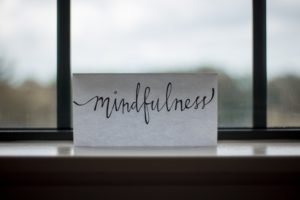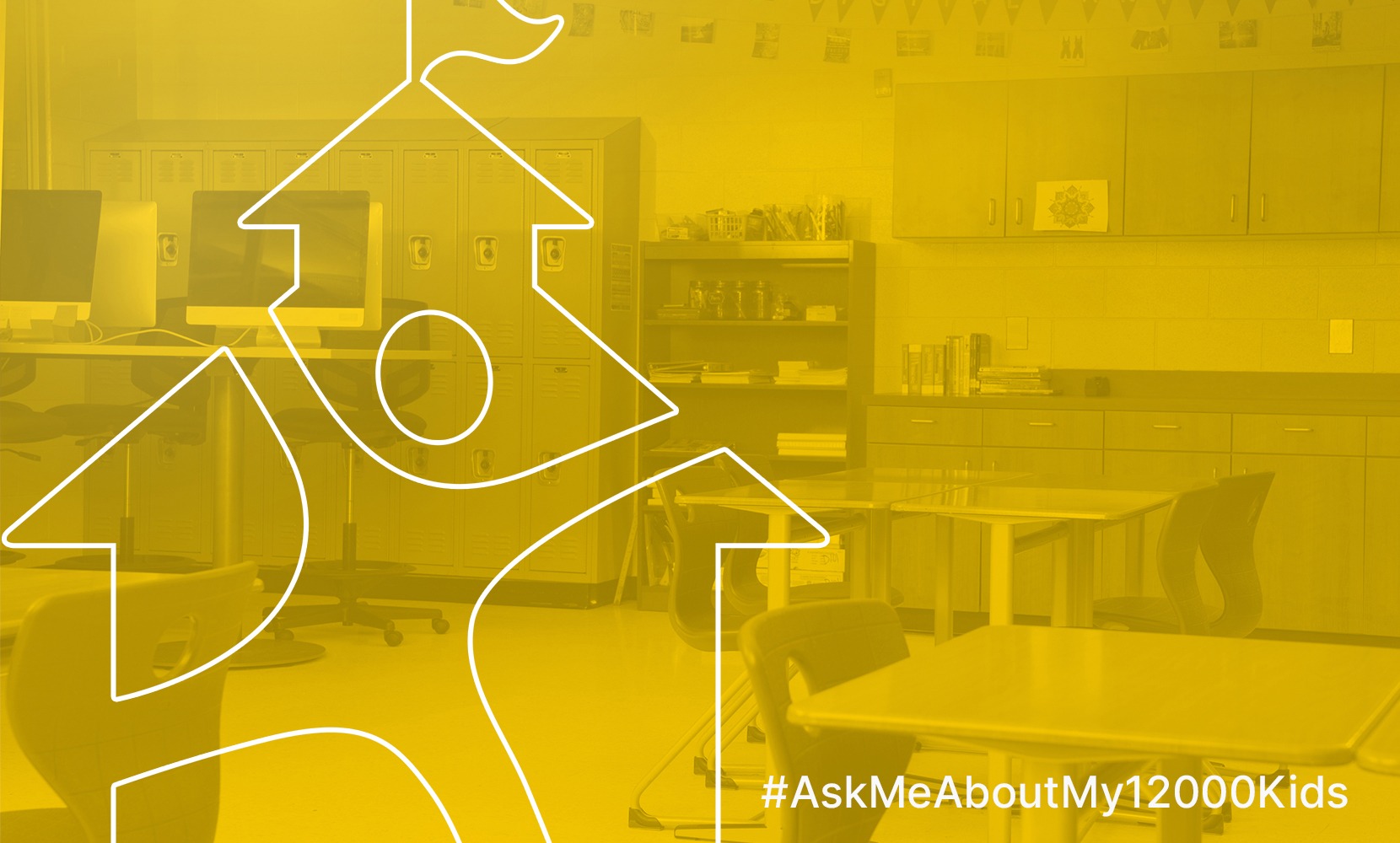Connectedness During a Time of Social Distancing
 For the second week in a row, Jane Asumadu is our guest blogger. [If you missed her post last week, “The Community is Here With You,” you can find it here.] As CIS After School Site Coordinator at Linden Grove Middle School, Jane hopes to share her passion for education, particularly reading and writing, with students. As a Kalamazoo native, former Japan resident, and world traveler, Jane hopes to share her experiences with the community.
For the second week in a row, Jane Asumadu is our guest blogger. [If you missed her post last week, “The Community is Here With You,” you can find it here.] As CIS After School Site Coordinator at Linden Grove Middle School, Jane hopes to share her passion for education, particularly reading and writing, with students. As a Kalamazoo native, former Japan resident, and world traveler, Jane hopes to share her experiences with the community.
In last week’s post, I provided a list of some local and national resources available that support learning and the basic needs for students and families at home. This week, I want to look at our time at home through a different lens. How can we maintain emotional stability at this time?
In this post, I have compiled a list of some strategies and resources that promote physical and emotional balance. Before I begin, though, I must emphasize that I am by no means an expert on mental health. I simply want to share tips while I also walk this path with you all.
Routines, routines, routines.
With people obligated to spend time at home, it may be easy to fall into weekend or summer break habits. While relaxation is always a healthy way to recharge, waking up late, being in pajamas all day, eating irregularly, and excessive time on screens for days and days can lead to the creation of unhealthy habits, especially for younger kids. So, how do we break that cycle? Establish routines at home.
 In an article in Psychology Today, comparative educational specialist Teru Clavel states that, “…this as an opportunity to establish new or revised house rules…” Now that many of us do not have the structure of our usual daily schedule, we should create a new one for our time at home. Younger children may need a schedule that shows when to eat, read, and play. Older children may need a schedule that states their responsibilities at home (chores) and due dates for assignments. Adults, too, may need to schedule their time as well. It could be a great way to finish that project from around the house or start that hobby you have always wanted to try.
In an article in Psychology Today, comparative educational specialist Teru Clavel states that, “…this as an opportunity to establish new or revised house rules…” Now that many of us do not have the structure of our usual daily schedule, we should create a new one for our time at home. Younger children may need a schedule that shows when to eat, read, and play. Older children may need a schedule that states their responsibilities at home (chores) and due dates for assignments. Adults, too, may need to schedule their time as well. It could be a great way to finish that project from around the house or start that hobby you have always wanted to try.
Below are parts of a example schedule provided by the CDC that shows what a structured day might look like for a family with young kids:
Family with 3 kids, twins age 4 and a 2 year old
- Age 2
- Wake up at 7:00 a.m. and have milk
- Cartoons until breakfast at 8:00 a.m. Get dressed for the day
- Snack at 10:00 a.m.
- Lunch at noon followed by nap at 12:30 p.m.
- Dinner at 5:30 p.m.
- Bath at 6:00 p.m., followed by a story and a few songs in bedroom
- Lights off by 6:45 or 7:00 p.m.
- Continued for age 4
- Bath time around 6:30 p.m.
- Read or do something together, like a game or art project, around 7:00 p.m.
- Potty, brush teeth, and then to bed by 8:00 p.m.
Establishing a routine at home creates structure. There are many creative ways to ensure that this time spent at home can also be a learning experience that supports growth.
In last week’s post, I shared some online resources that support continued learning at home. This week, I want to add a little aside. Living in the Information Age, we have become dependent on the technological advancements that have taken charge of how our society and lives operate. In 2017, Common Sense Media reported that young teenagers spent an average of 5 hours in front of screens, not including school or homework. Imagine the amount of time they might be spending in front of screens when there is no school at all. There is a lot of research that has been done that discusses the impact of screen time on students and learning. Instead, I want to focus on ways to reduce that time.
Jane’s suggestions to reduce screen time for students at home:
- Limit academic learning online to one hour, two hours max
- Schedule offline reading time, at least 30 minutes
- Be aware of what your students are watching while online
- Have TV time together
- Journaling – 251 Creative Writing Prompts for Kids
- Go outside and exercise! (of course, while maintaining social distancing)
Most importantly, reducing screen time can help with managing sleep for everyone. The blue light in LED screens has been proven to reduce the amount of melatonin released, which is what we need to have a proper night of sleep. The blue light essentially makes our brains think we are still awake and not ready to sleep. It is crucial at this time that we are as healthy as possible. Good sleep is a great defense against illness.
Lastly, I want to suggest staying active and mindful. There are still ways to be active while adhering to Governor Whitmer’s Stay Home, Stay Safe Executive Order. We can definitely go for a walk or run outside while maintaining a safe distance from one another. Everyone should go outside and to get some much needed Vitamin D. For those who want to stay inside and be active, great organizations like the YMCA of Greater Kalamazoo have compiled a list of free resources available. Click here to access that list.
Mindfulness is often misinterpreted as yoga and meditation. Although those are both great tools to practice mindfulness, mindfulness is simply defined as, “…awareness of one’s experience without judgement.” In an age where we are constantly bombarded with the opinions and drama of others, we need to find time to check-in and take care of ourselves.
A few resources to practice mindfulness and self-awareness at home:
- 25+ Mindfulness activities for Children and Teens – mindfulness in schools is often called social-emotional learning. Try out these exercises at home.
- Popular apps like Calm and Headspace offer free trial subscriptions to their seemingly unlimited mindfulness tools like guided meditation and help with sleep.
- If you or someone you know needs someone else to talk to, Gryphon Place will continue to offer 24/7 help to those in need. You can contact them at 269-381-HELP(4957) or call their 211 hotline if you need help locating other services like food, shelter, and mental healthcare.
What Happens Now
It is a time to reflect and reconnect. In Teru Clavel’s article, COVID-19: 12 Preparations for Parents, Clavel points out the importance of communication and staying calm. We should be honest with each other. Not only about what is going on around us, but also what is going on within ourselves. So, continue to check-in with your neighbors and people close to you. Do not allow yourself to be bombarded with every news update and listen only to the facts from the CDC. Protect those around you and continue to look forward to the future. Stay happy and healthy.
Tags: CIS, CIS After School Site Coordinator, Communities In Schools of Kalamazoo, connecting while physically distancing, exercise and mindfulness, Gryphon Place, healthy habits, importance of routine, Jane Asumadu, Linden Grove Middle School, screen time, social distancing, Stay Home, Stay Safe, strategies for emotional health during pandemic, YMCA of Greater Kalamazoo







